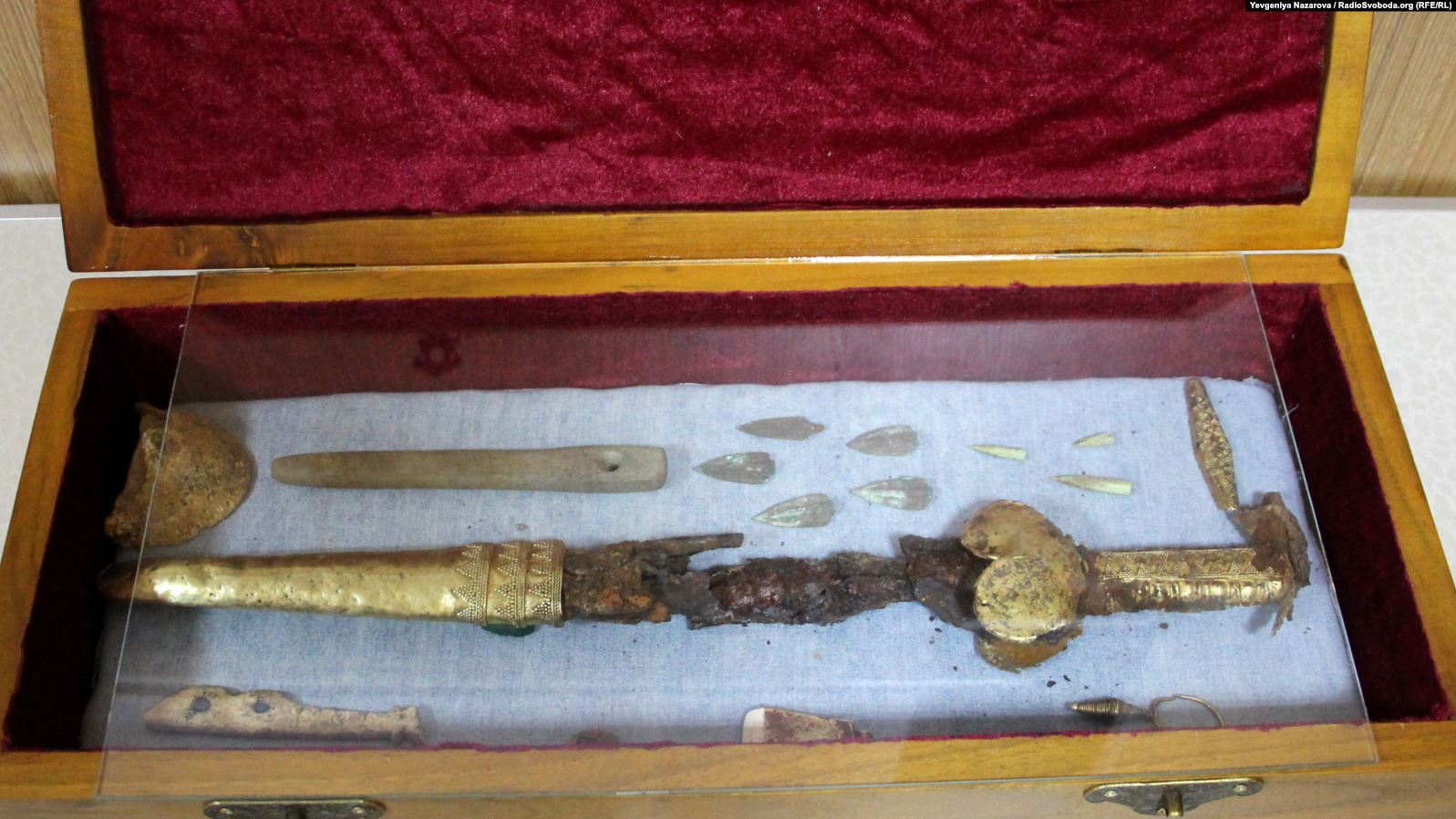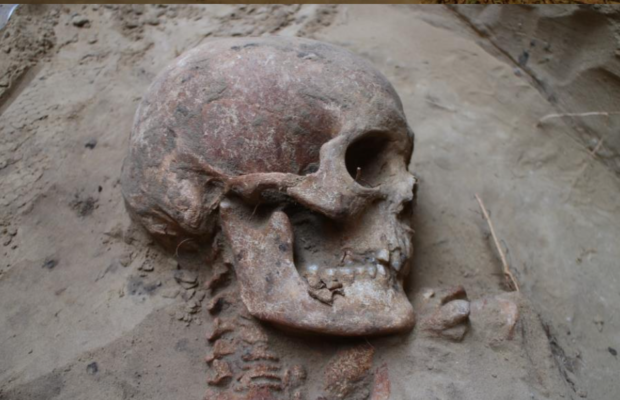“Unique amphora-shaped glass pendants were discovered earlier this month during archeological excavations of a burial ground on Barvinkova Hill. This is the first time that we’ve managed to find such exceptional pieces of jewelry at this dig,” reads the statement of October 6, 2021.
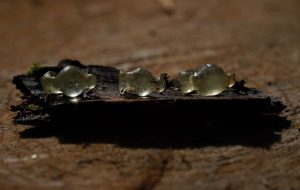
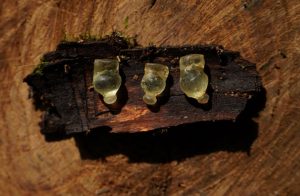

The head of the expedition, senior researcher at the Institute of Archeology of the National Academy of Sciences of Ukraine, Denys Hrechko, clarified that the individual ornaments were probably made in the 4th century BC. Comprehensive information concerning the actual find will appear only after a detailed study by specialists.
After processing, these artifacts will be presented at an exposition at the Bilsk Historical Museum.
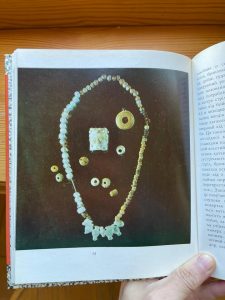
The settlement was first excavated in 1906 by Russian archaeologist Vasyliy Gorodstov and in 1958-76 by Ukrainians Trakov and Shramko.
The settlement consisted of three fortified outposts (Kuzemin, Western Bilsk and Eastern Bilsk fortifications), which are connected by a common earthen wall and moat 35km in length (Velyke Bilske settlement). The total area of the settlement was approximately 4400ha.
Excavations have revealed large pit dwellings and several ash pits. The inhabitants were mostly farmers and herders, but they were also engaged in copper smelting, blacksmithing and weaving, and traded with the ancient states on the northern Black sea coast.
A number of scholars identify the Bilsk fortified settlement with the city of Gelon mentioned by the ancient Greek historian Herodotus.






